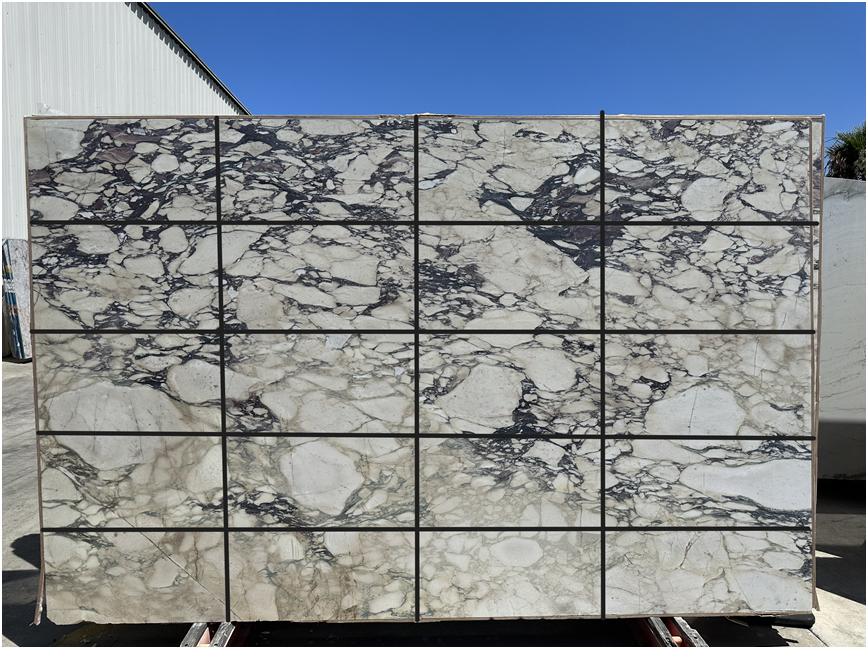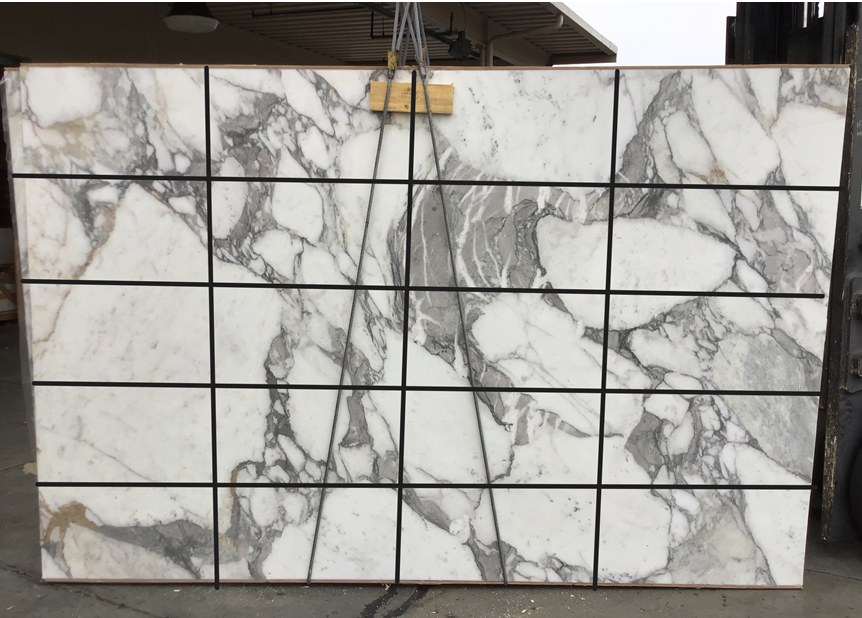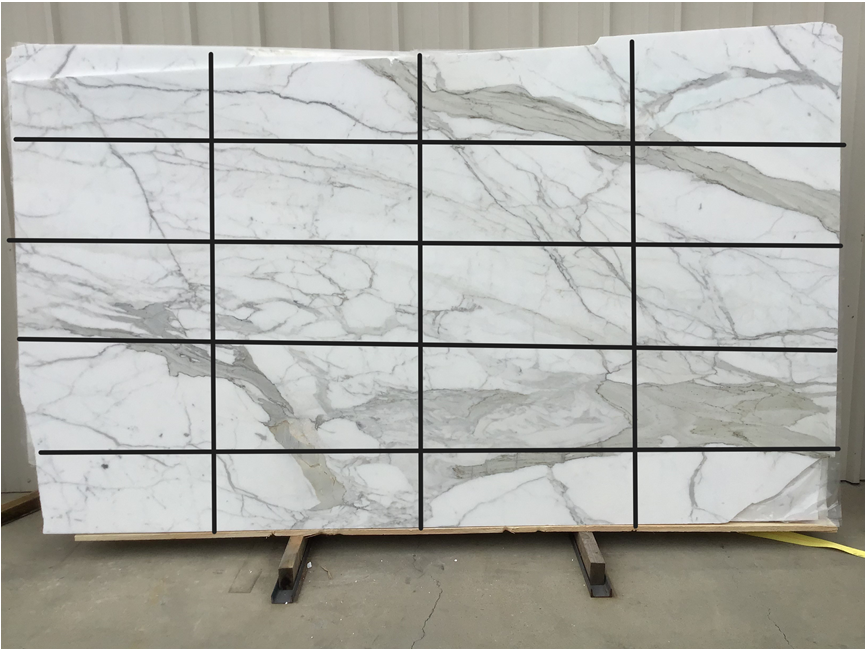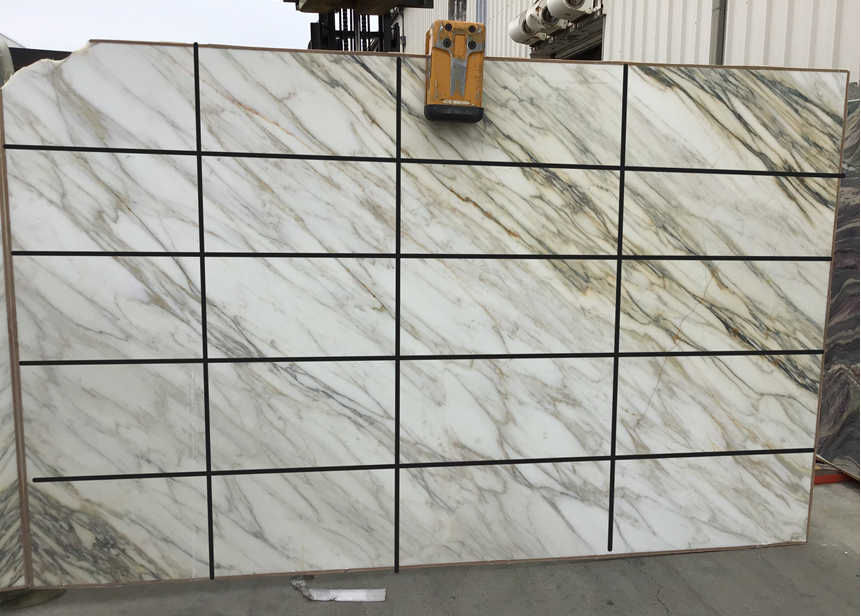Color Variation in Tile
Texture and variation is what truly brings the beauty of the natural elements into your home. Depending on your design and style choice you may want more, or less color variation. As an example, contemporary or modern styles usually lend themselves to a more consistent color (such as gray) with only minor tone differences. On the other hand, rustic or classic styles usually have more color and shade variations in order to bring a more natural earthy look.
The Technical Stuff
The color variation of tile is rated by manufacturers using a V1 to V4 scale:
V1 = Consistent shade and texture
V2 = Moderate shade and texture variation
V3 = High shade and texture variation
V4 = Highly random shade and texture variation
Visualize the Art of Color Variation
We know color and shade variation in stone is not “obvious” to all; so to assist our clients in their selection, we’ve put together a visual guide that demonstrates the stunning variation found in natural stone marble slabs. The photos below showcase actual slabs with grid overlays, helping homeowners, contractors and designers see firsthand how natural stone can bring a touch of uniqueness to any project.

Understanding Natural Shade Variation
Natural stone, like marble, is a product of Mother Nature’s craftsmanship. This inherent diversity is what makes each piece truly one-of-a-kind. Within a single slab, you’ll discover a captivating interplay of colors, veining patterns, and mineral formations. These variations are not defects but rather the fingerprints of nature, adding character and sophistication to any space.

Perfect Imperfections
As we work with clients on their interior design projects, we emphasize that these variations are what make their surfaces truly special. Natural stone transforms a room into a work of art, and the slight differences from one tile to another only enhance its charm. Whether it’s the subtle shifts in color or the meandering veins, these “imperfections” are what give each tile its individuality.

Expert Guidance Matters
We’re here to help throughout your project and our expertise in explaining and embracing natural shade and color variation is what sets us apart in the industry. We encourage our clients to embrace and appreciate the authentic beauty that comes with natural stone, as we know they’ll enjoy a unique and timeless result in their homes. If the variation is a concern we have porcelain slabs and tile that provide a more uniform look.

Good Things To Know About Color Variation
With the advancements in porcelain tile manufacturing & high definition printing, porcelain tile is now able to replicate textures and colors perfectly; and manufacturers are very aware not to have repetition in patterns. Usually high-end porcelain tile repeats its pattern every 800-1000 sq.ft. and the chances of seeing this ‘repetition’ on your floor is highly unlikely. On the other hand, cheaper tile can repeat every 400-500 feet and this can create ‘dark’ or visible patches if you are not careful.
Natural stone usually has a high random shade and texture variation as it is naturally composed of minerals that are hardened over millions of years. This is the unique natural beauty that you get with natural stone.
If you prefer to have more predictability with your design and color scheme, then it is highly recommended to go with a porcelain tile with low shade variation. Porcelain tile requires a lot less maintenance than natural stone as it is not porous and hence does not “absorb” stains like natural stone.
As porcelain tile is manufactured, color variation may differ slightly from one production run to another. It is for this reason that we always recommended (as a precaution) that you order tile from the same dye-lot (production run) so that you have the same shading and texture of tile.
Whether you’re installing natural stone or porcelain tile, we always recommend that you have your contractor lay out the tile on your floor, prior to installation, to enable you the option of deciding where you want lighter and darker shades, and to ensure that you don’t have any visible repetition.


